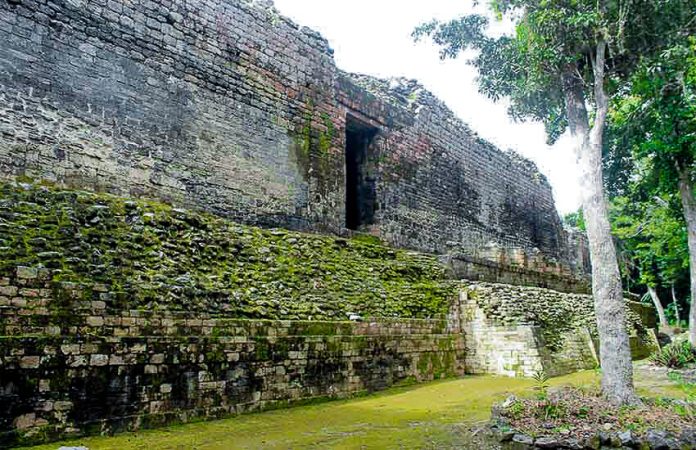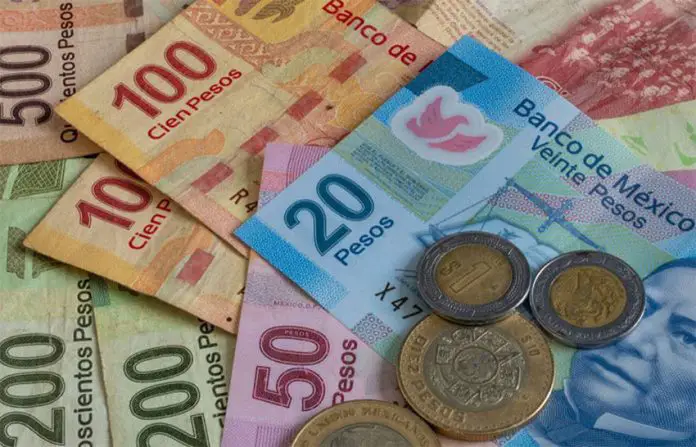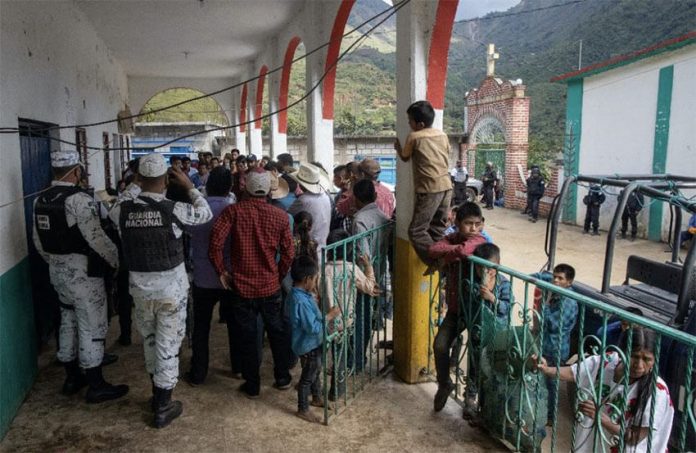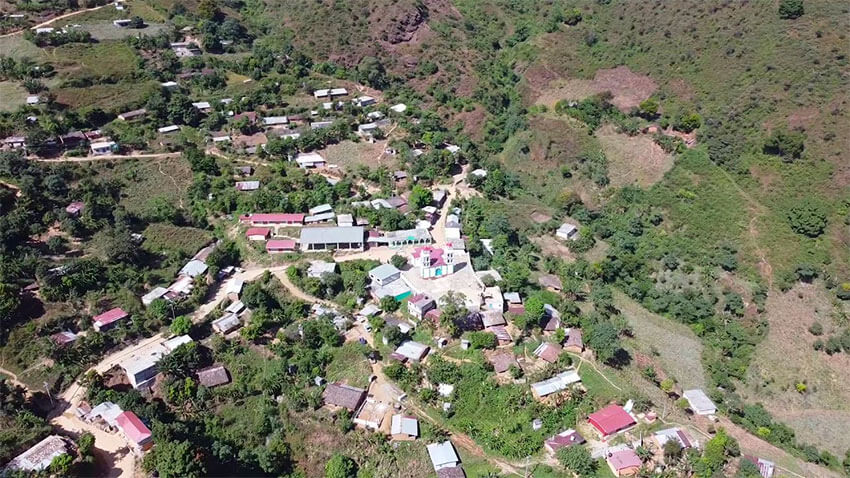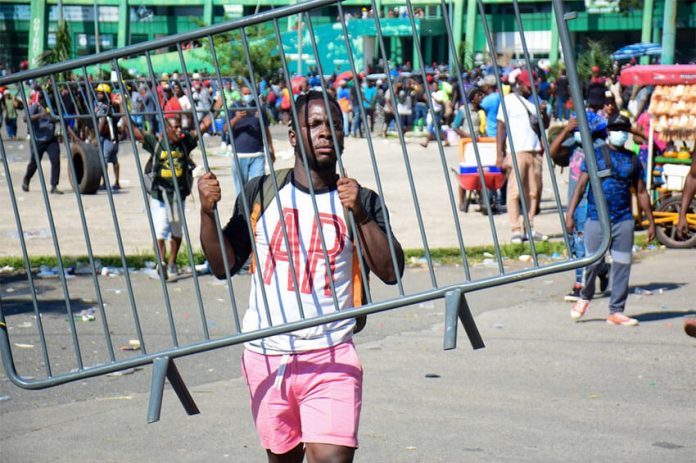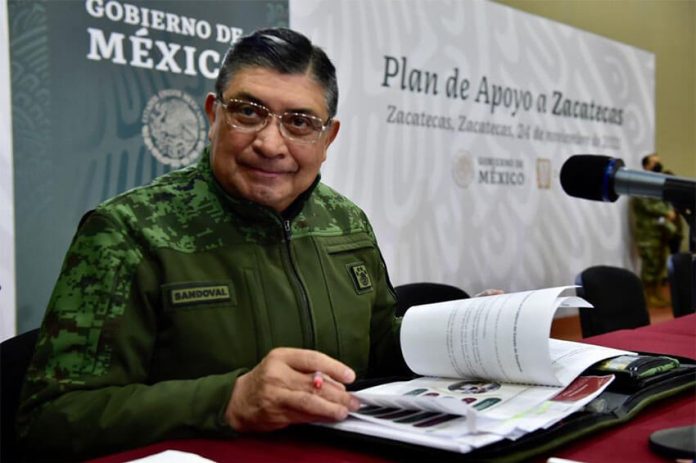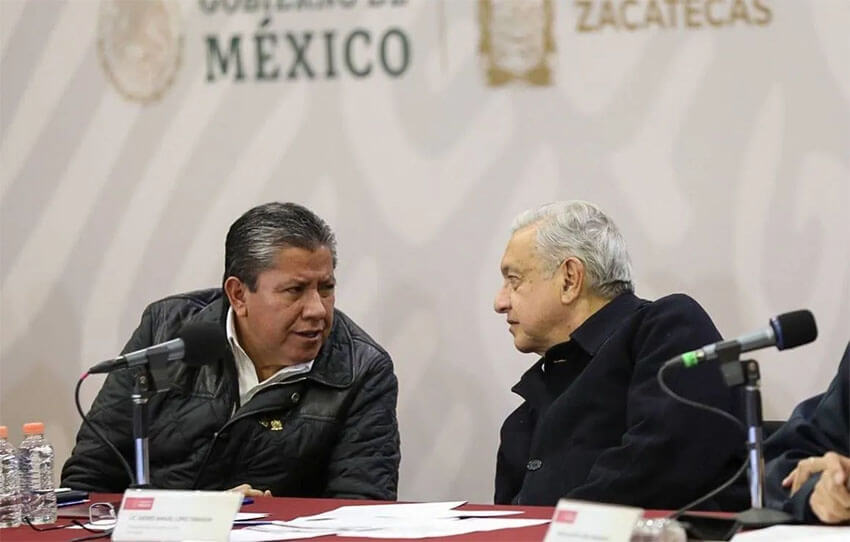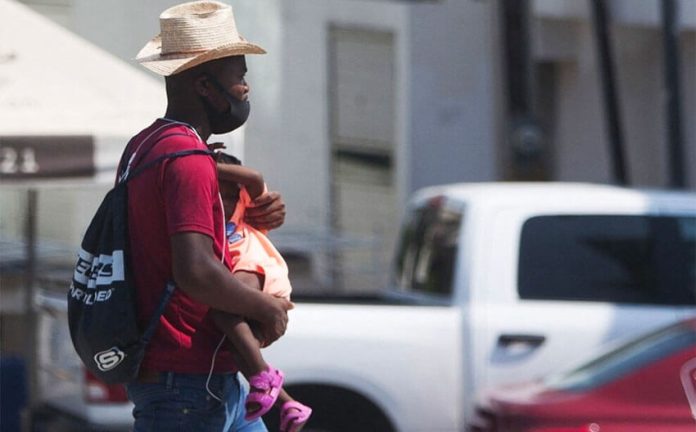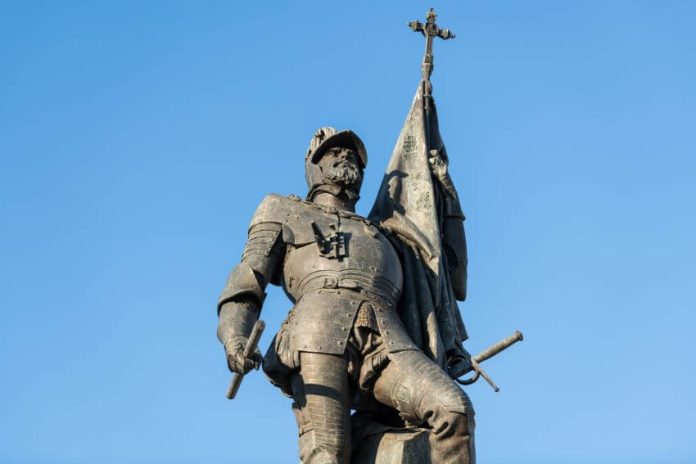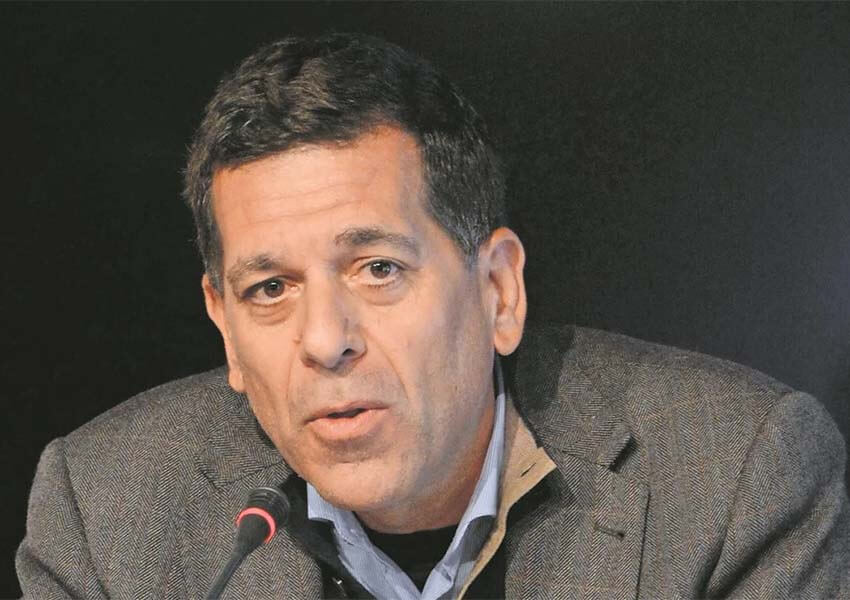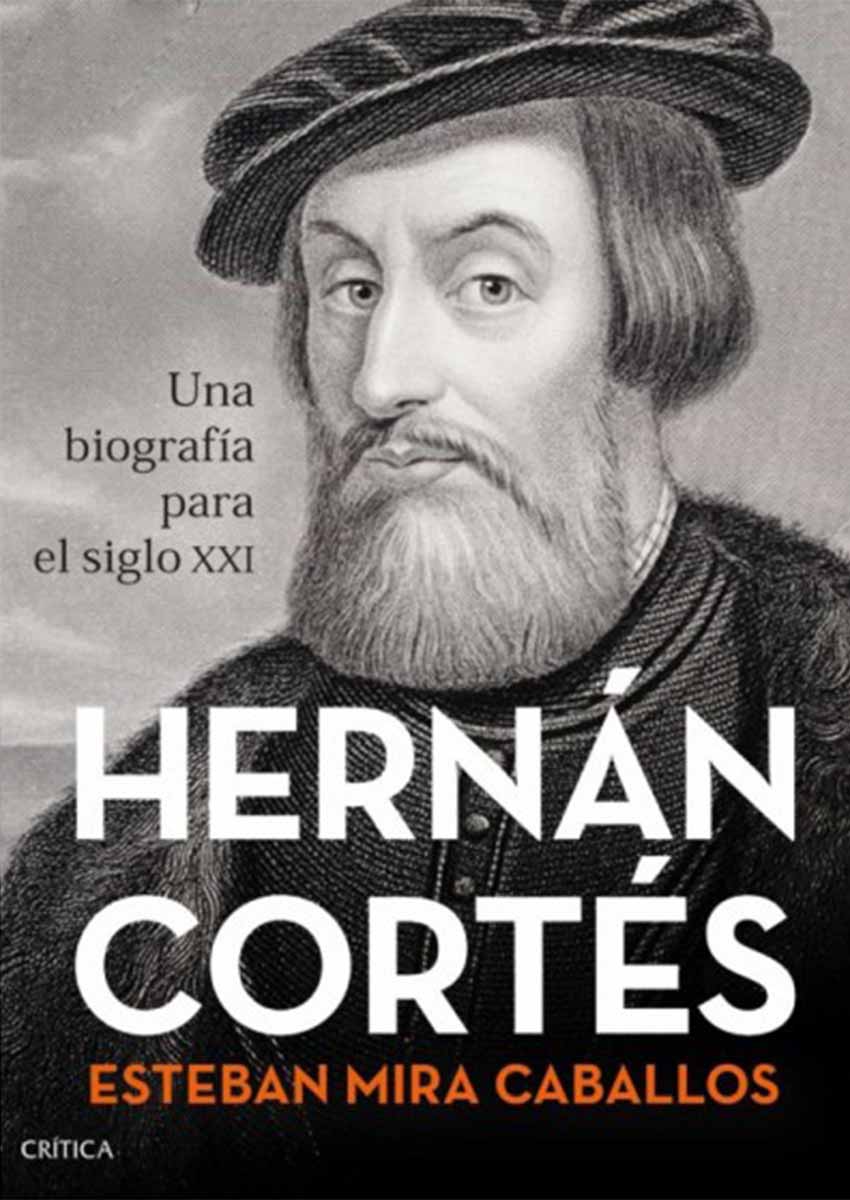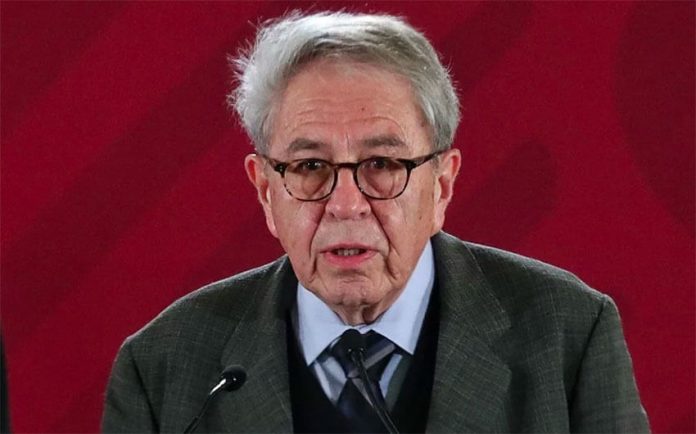Situated in the Calakmul biosphere reserve in Campeche and around 23 kilometers from Xpujil, the ruins of Hormiguero are a beautiful ancient Maya site hidden in the jungles, ideal for travelers interested in off-the-beaten-path ruins that few know about.
According to the National Institute of Anthropology and History (INAH), Hormiguero was a medium-sized Maya city that was dependent on Becán, which was the principal city of the Río Bec region.
The ancient Maya are thought to have preferred the area due to the availability of water there. It was already occupied by A.D. 300, reaching its peak population between 600 and 800. The city was eventually abandoned around the mid-10th century.
Archaeologists Karl Ruppert and John Dennison, whom the Carnegie Institution for Science sent on an expedition to Campeche, reported the existence of the site in 1933.
According to INAH, Ruppert and Dennison named the site Hormiguero, meaning “anthill,” after the massive number of “ant houses” they discovered. The houses are believed to refer to the actual anthills on the site as well as the appearance of the structures when they were discovered.
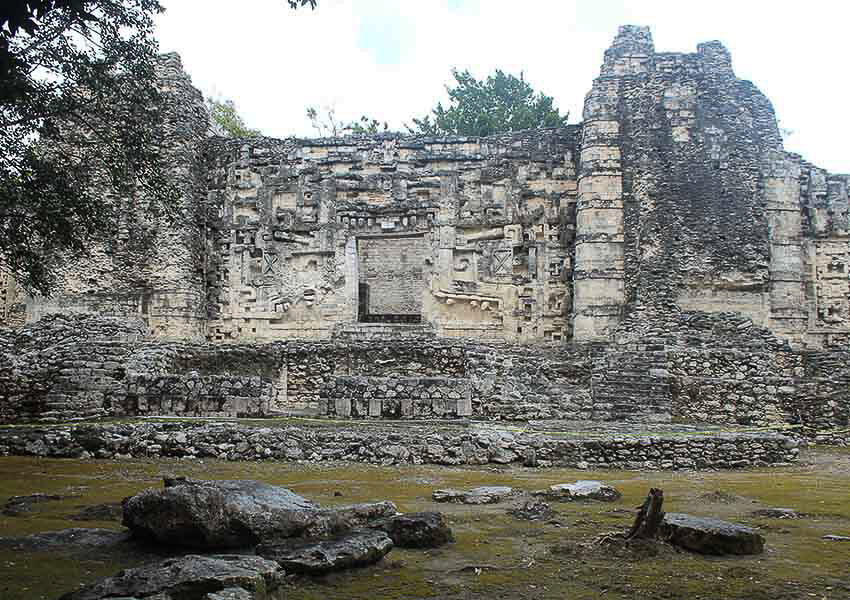
Archaeological excavations at Hormiguero commenced in the late 1970s, and archaeologists have noted over 80 structures onsite. However, only a small number of them have been excavated thus far, meaning you can easily explore the buildings that are open to the public.
Conveniently, a visit to Hormiguero can be combined with trips to more famous archaeological sites such as Calakmul and Becán, as well as other smaller sites in the region.
Upon entering the site, you will first see the majestic Structure II, believed to have been a palace. It is so far the largest building excavated onsite.
Built on a five-meter platform and measuring around 50 meters in length, it has 11 rooms across two levels. The building’s facade has three sections — a central zoomorphic area and two towers on either side.
The towers have stairways in front and temples on top, which may have been simulations — i.e. intended as decorative and not really functional — and are characteristic of the Río Bec architectural style.
The rooms to the side of the towers also have zoomorphic features – carved animal forms that can also be representations of gods.
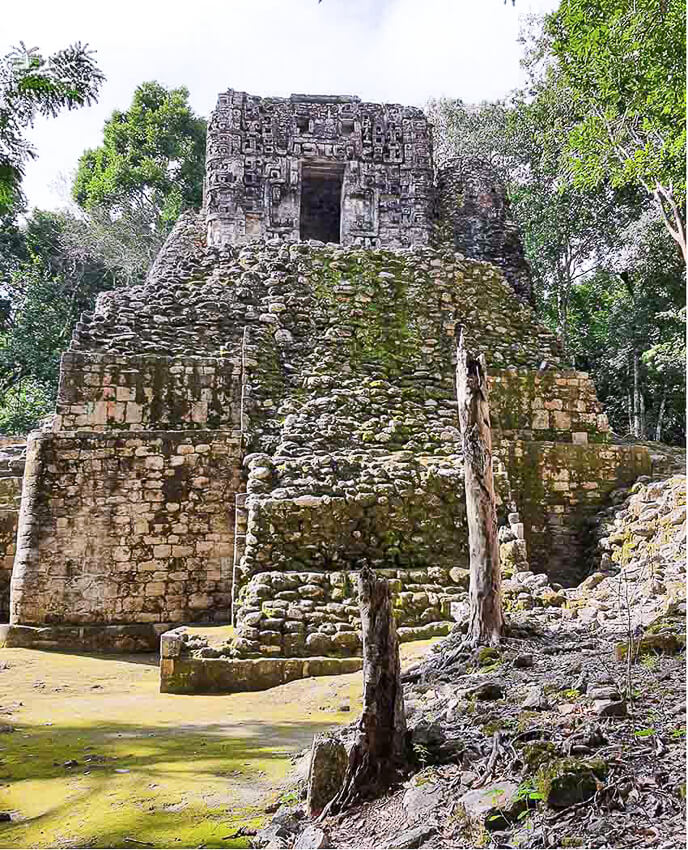
But perhaps the most notable section of the Structure II facade is the large serpent figure with open jaws that forms the central entrance. The serpent motif is thought to be a depiction of the Maya creator god Itzamná. It has detailed features, including fangs, eyes, a nose and earflaps.
Architecture enthusiasts will not tire of observing the building styles and features of Structure II. The rear of the building is also interesting.
Note that while entering Structure II used to be allowed, when we visited the site during the pandemic it was cordoned off to the public.
North of Structure II is another beautiful building called Structure V, with a pyramid base and a central stairway and temple on top. The temple has a stunning zoomorphic facade, and its corners are decorated with masks probably of the Maya rain god, Chaac.
Also worth seeing is the four-room building attached to the east side of Structure V.
The partially excavated Structure VI has several rooms and two towers with simulated temples. A zoomorphic mask was discovered on the facade’s central entrance.
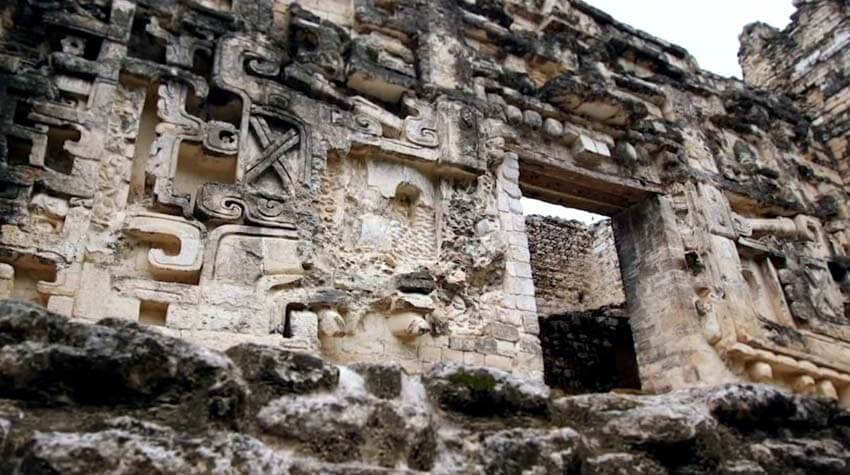
The refreshing forest surroundings of Hormiguero make exploring it a pleasant experience in the usually hot climate of Campeche. Don’t forget to keep an eye out for howler monkeys.
Thilini Wijesinhe, a financial professional turned writer and entrepreneur, moved to Mexico in 2019 from Australia. She writes from Mérida, Yucatán. Her website can be found at https://momentsing.com/
